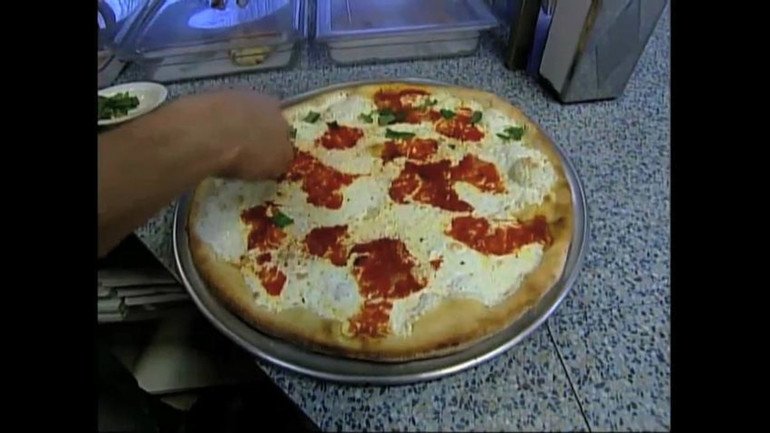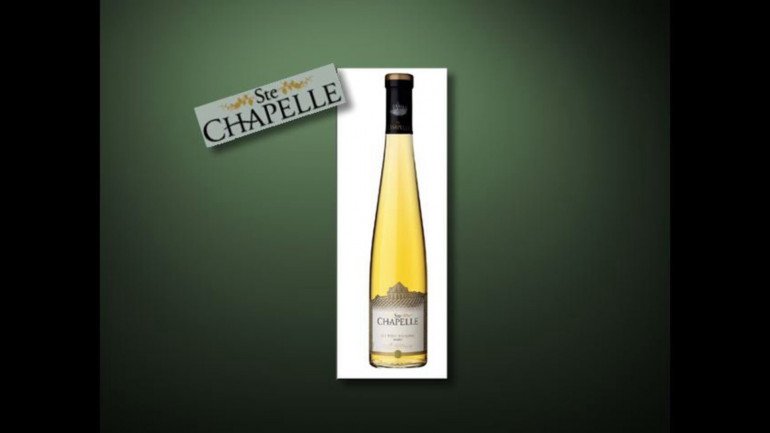It began as most things do in Napa Valley: over a table replete with good food and good wines. Sixty-five years later, that epicurean and social camaraderie has grown into a spirited partnership committed to advancing Napa Valley wines worldwide. Founded in 1944, the Napa Valley Vintners is a regional trade group with an active membership of more than 350 wineries, representing a tradition of dedicated vintners and grape growers who have worked and cared for this premier winegrowing region since the early 1800s.
For more than 150 years, vineyards have been part of the Napa Valley landscape. George Yount planted the first Napa Valley vineyards in 1838; the town of Napa was laid out in 1848; by the mid-1850s there were about 50,000 grapevines planted in Napa Valley–by 1860 there were about 200,000. The industry continued to expand, and by the late 1860s there were 50 vintners in Napa Valley. Wines from Inglenook, Charles Krug, Beringer and others won international acclaim in the late 19th century.
Unfortunately, phylloxera, an aphid-like insect that feeds on grapevine rootstock, arrived around the same time. The effects of phylloxera coupled with Prohibition in 1919 thwarted the industry’s growth until Repeal in 1933.
During the war years the industry faced a number of problems, including price controls and a daunting shortage of labor, bottles and rail cars for eastern shipment of wine. In 1943, Louis M. Martini, John Daniel, Jr., Charles Forni and Louis Stralla discussed forming an association, a vintners forum, that would allow vintners a regular opportunity to exchange ideas and work as a group to overcome some of these obstacles and to elevate the status of Napa Valley wines. The late Louis P. Martini recalled that his father “believed the vintners could collectively solve industry-related problems that could not be solved by individuals.”
Martini also said that “in order to maintain harmony, one of the early unwritten rules was there would be no action on an issue unless there was unanimous agreement.” By 1944 a formal agreement of association was drafted. Shortly thereafter, the four original founders invited other vintners to join them: Georges de Latour, Robert Mondavi, Elmer Salmina, Charlie Beringer and Roy Raymond.
As early as 1948 the Napa Valley Vintners welcomed visitors to Napa Valley by sponsoring promotional activities showcasing the wines. For example, 700 Harvard University graduates were hosted by the vintners in 1949 and 2,000 guests from General Electric enjoyed a western-style barbecue with Napa Valley wines at the Napa County Fairgrounds in 1952.
Although the original members of the Napa Valley Vintners often referred to themselves as “an eating and drinking society,” they set in motion the hospitality and marketing activities that have focused worldwide attention on the uniqueness of this small valley as one of the premier winegrowing regions in the world.
“Fifty years ago, few recognized the name Napa Valley in world wine circles,” said the late Robert Mondavi a few years ago. “Now the world looks at Napa Valley vintners as leaders in the world wine community.” The vintners are also community leaders as illustrated by their efforts in establishing the Agriculture Preserve Ordinance in the late ’60s. The ordinance represents a commitment to agriculture as the primary land use in Napa County. The vintners also are committed to supporting the well-being of the local community, having given $97 million to healthcare, housing and youth development organizations since the inception of Auction Napa Valley, the organization’s community fundraiser.
In 1999 the vintners took an unprecedented step in partnering with local health care organizations. The NVV Board committed $3 million in Wine Auction Health Care funds to help build and maintain a medical facility in Napa that will provide a permanent home to organizations that offer no-cost and low-cost medical care and support to qualifying residents of Napa County. Today members of the Napa Valley Vintners focus on preserving Napa Valley as a viticultural and enological treasure; producing the highest quality wines; and marketing Napa Valley wines in the national and international marketplace.
Five decades later vintners still meet regularly. Membership has grown tremendously, but the essential camaraderie and partnership remains.
CURRENT MEMBERSHIP: More than 400 Napa Valley wineries ranging in size from small, family-owned wineries producing as few as 175 cases of wine annually, to multinational corporations.



